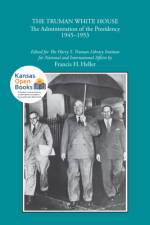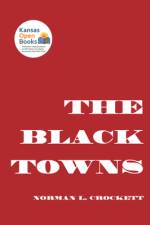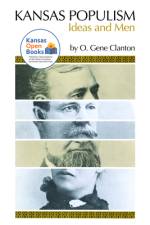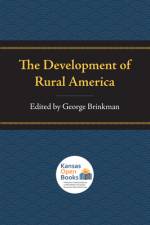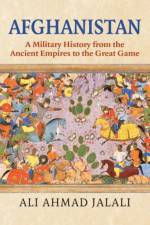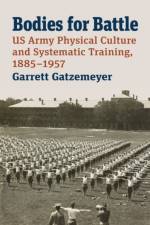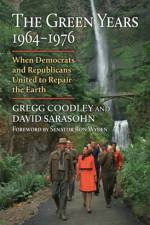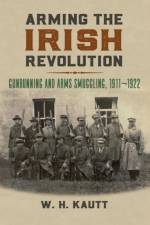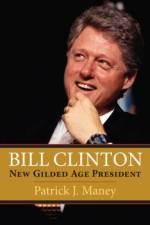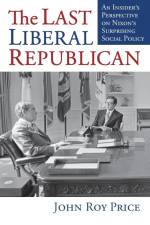av Gregg Coodley
748
In The Green Years, 1964"e;1976, Gregg Coodley and David Sarasohn offer the first comprehensive history of the period when the US created the legislative, legal, and administrative structures for environmental protection that are still in place over fifty years later. Coodley and Sarasohn tell a dramatic story of cultural change, grassroots activism, and political leadership that led to the passage of a host of laws attacking pollution under President Johnson. At the same time, with Stewart Udall as secretary of the interior, the Wilderness Act, the Wild and Scenic Rivers Act, and other land-protection measures were passed and the department shifted its focus from western resource development to broader national conservation issues. The magnitude of what was accomplished was without precedent, even under conservation-minded presidents like the two Roosevelts. The fast-paced story the authors tell is not only about the Democratic Party; in this era there was still a vital Republican conservation tradition. In the 1960s, Republicans were chronologically as close to Teddy Roosevelt as to Donald Trump. In both the House and Senate and in the Nixon and Ford administrations, Republicans played vital roles. It was President Nixon who established the Environmental Protection Agency and signed into law the 1970 Clean Air Act, revisions in 1972 to the Clean Water Act, and the 1973 Endangered Species Act. Under Nixon, actions were taken to protect the oceans, forests, coastal zones, and grasslands while regulating chemicals, pesticides, and garbage.The authors analyze the full range of transformations during the Green Years, from the creation of entirely new pollution-control industries to backpacking becoming mass recreation to how revelations about chemical exposure spurred the natural food movement. And not least, the tectonic shift in the political landscape of the United States with the western states becoming Republican bastions and centers of ongoing backlash against the federal government. The Green Years, 1964"e;1976, is the story of environmental progress in the midst of war and civil unrest, and of the lessons we can learn for our future.


